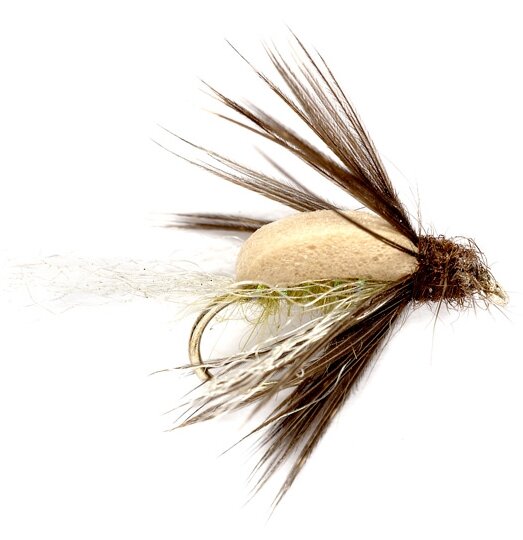 Don timed this just as I posted about his Green Patriot yesterday. He has written an excellent post about his new fly explaining its effectiveness, Gary Lafontaine, the concept behind his design, and some interesting facts about how trout feed. Orvis has accepted his Floating Caddis Emerger and it is listed in their catalog at this time.
Don timed this just as I posted about his Green Patriot yesterday. He has written an excellent post about his new fly explaining its effectiveness, Gary Lafontaine, the concept behind his design, and some interesting facts about how trout feed. Orvis has accepted his Floating Caddis Emerger and it is listed in their catalog at this time.
“I thought about some elements of the caddis fly that I felt important to imitate. Form, silhouette, and floatation were key elements that needed to be designed into the fly. Caddis pupal shucks quiver and vibrate while floating on the surface as the adults struggle to emerge, so I reasoned that the addition of various fibers to blur the trout’s vision might suggest this behavior. And it needed to float as well. I also thought of a mottling effect to imitate the variegated markings of some caddis flies. This thought process caused me to develop the Floating Caddis Emerger. This pattern has become my favorite because it works far better than the others. In fact it has worked so well that I am prone to exaggerated ravings about it, however I shall endeavor to focus on the facts. The Floating Caddis Emerger differs from the other two patterns in two ways. First and most significantly, there is what I call an overback strip of closed-cell foam. This is my solution for unexcelled floatation. Even if swamped in surface turbulence, the fly remains suspended in the film. The second addition is a single wrap of mottled hen back feather at the head to achieve a variegated effect. Omitted ingredients are the body shuck and the half wing. Included are the trailing shuck, Krystalflash rib, Haretron dubbed body, and dubbed head.”
You should definitely take the time to read his post because I think the entire process of designing this fly has been thought-through carefully. I honestly admire Don for learning Lafontaine’s concepts and then taking the information he learned and applying it to his own design.

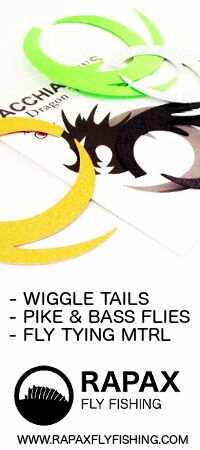
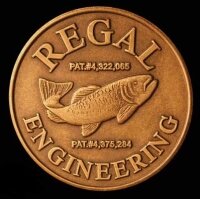
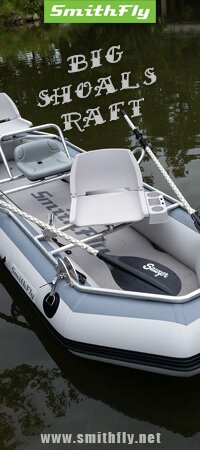






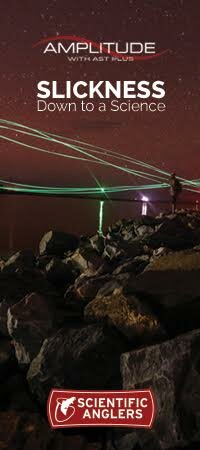
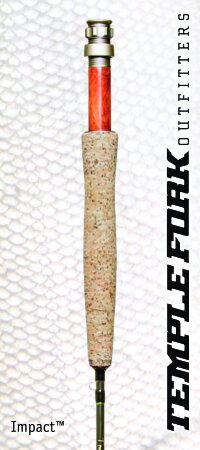

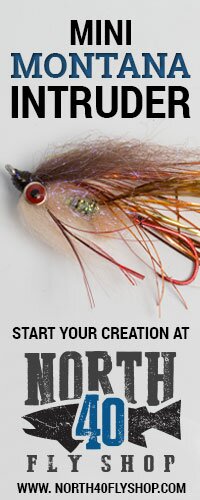
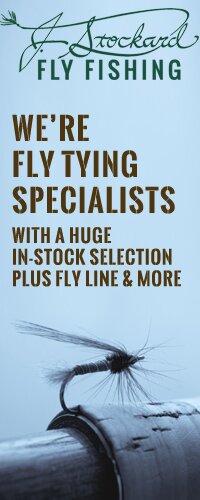


Wow, what a great fly this caddis emerger by Don Bastian. Yesterday on the gin clear waters of the Swift River in western MA, I fooled a gorgeous 16″ Rainbow on the first cast! He came right up out of the water to take it
and fought hard enough but the fly was securely attached at the corner of his mouth in hard gristle and now way was it coming out. Thanks Don!
Hi Terry;
That’s really great to hear that you had such an exciting “first cast” with my pattern! I appreciate your comment here, plus the fact you have enough confidence to use it. 😉 You should, ha, ha, you’ve been fishing it “secretly” since its developmental year…2006. Thanks for sharing your fish story!
Very interesting fly can’t wait to try it Don. I am a fly fishing guide up in Michigan on the Muskegon river. Could you tell me what the side wing material
is and color. thanks Don.
Bob
Hi Bob!
Sure, I use for both trailing shuck and “side shuck” clear E. P Fibers. The pattern in a variation is also on MyFlies.com, named the “Floating Caddis / Mayfly Emerger” because I have discovered that by changing sizes and colors it also kills as a mayfly emerger. Thanks for your compliment on the fly! You won’t be sorry trying it. 😉
Don
Don one more question, do you put floant on the fly or do you fish it with out.
BOB
Hi Bob;
Check out my blog, I posted two (at least) articles on that pattern, and how last season, I doubled up that emerger with a sulfur dun during the sulfur hatch on Spring Creek.
To answer your question, yes, floatant on the fly, but I have also fished in with split shot in a two-fly nymph rig, keeping that one on top, and it is a successful pattern when fished like that was well. It was designed as a dry and fishes excellent as a dry fly. My blog articles also note that I often use a tiny pinch of strike putty on the tippet knot, because when in the film on broken water it can be hard to see. The sulfur dry also serves as an indicator as well. That connection is short, like 10″ – 12″ so that you don’t get both flies in two different drift lanes / speeds. Thanks for your interest!